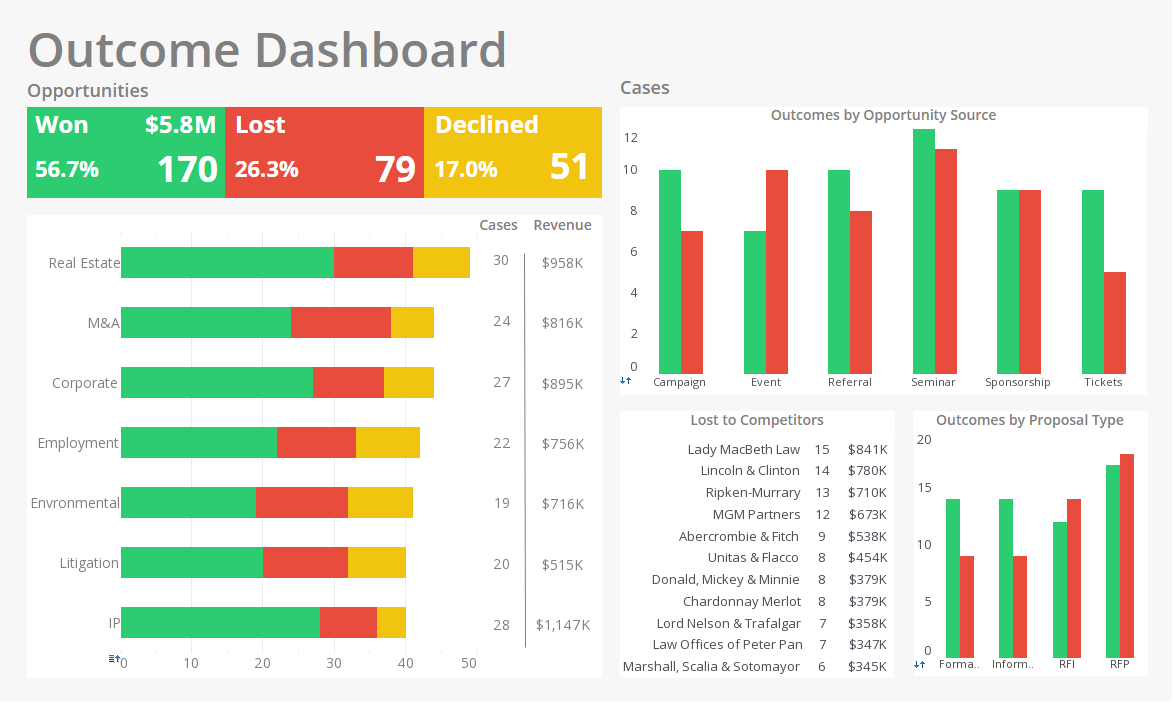Looking for an Efficient Reporting Solution?
What Makes StyleBI an Efficient Reporting Solution?
StyleBI is considered an efficient reporting solution because it’s designed to minimize complexity, reduce IT bottlenecks, and streamline the path from raw data to actionable insight. It combines flexible deployment models, strong data integration, and user-focused features, making it suitable for organizations that want to deliver analytics at scale without burdensome infrastructure.
1. Serverless Microservice Architecture
StyleBI’s serverless analytics microservice eliminates the need for heavy on-premises deployments or full-blown BI servers.
- Lower IT overhead – No hardware to maintain, and scaling is handled automatically.
- Rapid deployment – Reports and dashboards can be spun up in hours rather than weeks.
- Cost efficiency – Pay for what you use, avoiding oversized perpetual licensing fees.
2. Streamlined Data Access & Transformation
StyleBI includes a built-in data pipeline for transformation, mashup, and scripting.
- Self-service ETL – Users can prepare, blend, and filter data without separate data-prep tools.
- Unified access layer – Pull from multiple sources (databases, cloud services, APIs, spreadsheets) into one consistent model.
- Repeatable workflows – Once defined, pipelines can automatically refresh and update reports.
3. Flexible Reporting & Visualization
Efficiency isn’t just about speed—it’s also about how quickly a report answers a business question.
- Drag-and-drop design – Non-technical users can build visualizations without coding.
- Wide chart library – From simple KPIs to complex geospatial analysis.
- Responsive & embeddable – Works across devices and can be embedded in portals, SaaS apps, or intranets.
4. Reduced Dependency on IT Teams
Traditional BI solutions often require IT to manage every step—StyleBI flips that dynamic.
- Self-service dashboards let business analysts own reporting cycles.
- Role-based access means users see exactly what they need without extra filtering requests.
- Built-in governance ensures compliance without slowing things down.
5. Scalability for Growing Data Needs
The serverless design means organizations don’t have to re-architect reporting systems as data grows.
- Elastic scaling for high-traffic periods (like monthly close or seasonal sales spikes).
- Lightweight footprint makes it suitable for SaaS embedding and multi-tenant scenarios.
6. Lower Total Cost of Ownership
Because StyleBI combines the functions of data preparation, reporting, and dashboarding in one solution, companies save on licensing, infrastructure, and training.
- Fewer software tools to purchase and integrate.
- Reduced maintenance hours for IT.
- Shorter time-to-insight improves ROI on analytics projects.
In short: StyleBI is efficient because it merges powerful analytics with a lightweight, self-service, cloud-friendly design—so organizations spend less time waiting for reports and more time acting on them.
More Articles About Effiency in Reporting
An overview of InetSoft’s Data Intelligence approach emphasizing the combination of semantic modeling and visualization to deliver efficient business intelligence. The article argues that modeling plus viewing empowers broader audiences and reduces the dependency on technical teams for everyday analysis. It also describes how mashup and visualization advances enable faster insight from large and varied data sources. :contentReference[oaicite:1]{index=1}
Describes StyleBI as a mashup-driven platform that couples rapid data preparation and visualization for embedding or enterprise BI use. The page highlights a web-based designer that enables iterative mashup, high-performance data blocks, and in-memory acceleration for much faster analytic response. It positions the product for self-service analytics, embedding, and scalable performance with options to integrate Spark for big data. :contentReference[oaicite:2]{index=2}
Focuses on StyleBI’s ease-of-use and cost-efficiency, noting that dashboards are 100% web-based and render across mobile devices with minimal IT intervention. The page emphasizes rapid implementation, Excel-level skills for creators, and the opportunity to lower ownership cost by enabling self-service dashboarding. It frames usability and low operational overhead as central to delivering efficient dashboard solutions. :contentReference[oaicite:3]{index=3}
Positions InetSoft’s monitoring dashboards as personalizable and driven by user-controlled data mashup to enable rapid, self-service performance monitoring. The article highlights interactive drill-downs, ease of modification by business users, and the consolidation of multiple reports into actionable executive screens. It argues that this model accelerates deployment and boosts operational efficiency for management reporting. :contentReference[oaicite:4]{index=4}
A long-form guide presenting 20 best practices for management reporting that aim to make reports more useful and efficient for decision-makers. It covers report structure, standardization, and examples that help organizations create consistent, actionable managerial reports. The piece is practical and oriented to reducing time-to-insight by improving report design and distribution. :contentReference[oaicite:5]{index=5}
Explains report design practices that make reporting development more efficient, including shared meta-templates, report beans, and scripting libraries. The page emphasizes reusability and a central component library as ways to shorten development time and speed time-to-market. It’s targeted at teams that want to reduce repetitive work and ensure consistency between designers and developers. :contentReference[oaicite:6]{index=6}
Markets InetSoft’s dynamic reporting tool as quick to deploy, learnable with minimal training, and suitable for end-user self-service. The article frames agility and robustness—fast deployment, adaptability to changing data, and executive-ready visuals—as central efficiency benefits. It also points to demos and templates that help teams get started without lengthy projects. :contentReference[oaicite:7]{index=7}
This download/try page highlights cloud-flexible deployment options and reiterates that InetSoft software is easy to deploy, learn, and use—helping organizations reach value quickly. It stresses the platform’s adaptability and self-service nature as levers for reducing implementation time and ongoing support. The page is positioned as an entry point for teams wanting a low-friction way to evaluate InetSoft’s reporting capabilities. :contentReference[oaicite:8]{index=8}
Profiles an application-focused use case for tracking and improving performance measures using InetSoft dashboards and drag-and-drop design. It calls out small-footprint deployment, cloud flexibility, and the ability to mash up multiple data sources as core efficiency enablers. The page recommends pilots and reuse of common data models to rapidly demonstrate value. :contentReference[oaicite:9]{index=9}


